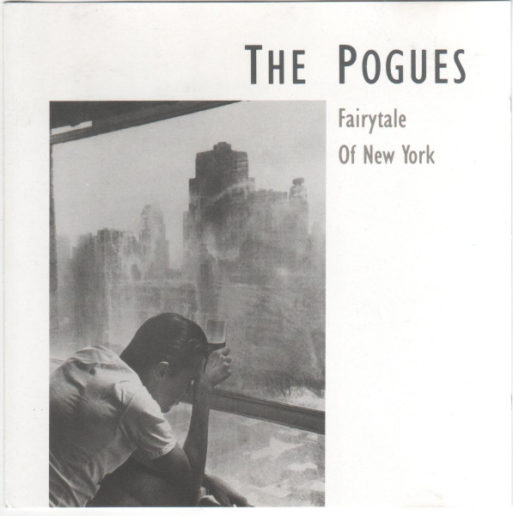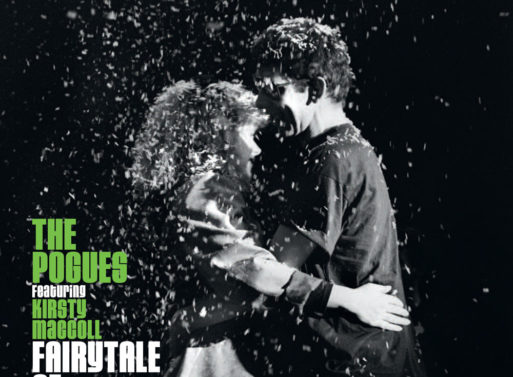
With Christmas around the corner, the radio and shops are already alive with seasonal music, reminding us that this is a time of good tidings for all. But there’s one song you won’t hear on the radio or in the shops, and it’s arguably THE Christmas anthem of an entire generation: “Fairytale of New York” by The Pogues featuring Kirsty MacColl. Originally released in 1987 as a kind of anti-Christmas tune, it has become a perennial favorite for many, and finds itself on lots of “best of all time” lists, especially in England and Ireland.
Fairytale of New York
While you may not be familiar with The Pogues (unless you’re a child of the 70s with an appreciation for Irish folk music with a punk sensibility), the mark they left on Christmas is undeniable. They created one of the greatest Christmas ballads of all time by blending strong roots in tradition with the lament of a generation left cold by the Thatcher years and marginalized in their own economies. The result is something that not only endures, but has meaning for many who find themselves feeling something less than Christmas cheer.
To understand “Fairytale of New York,” you need to know just a little about Ireland in the 80s. Northern Ireland — a different state from the Republic of Ireland — had long been engaged in a struggle for independence from the British, most notably in the form of the Irish Republican Army. And it wasn’t just the people of Northern Ireland who were strongly Republican; this is a sentiment deeply rooted in the Irish identity, and the spirit of rebellion was alive and well across the island.
The Pogues
Enter Shane MacGowan and The Pogues. The Pogues, though most band members were English, made quite a stir in the London scene with their raucous brand of folk music, much of it Irish rebel music. They were both loved and hated, especially due to MacGowan’s unrepentant rebel soul and his brash, upfront style. MacGowan was also a very unattractive man, if I can say that, and seemed to perfectly embody the rallying cry of the forgotten Irish youth. He also liked to drink quite a bit.
Forward to 1987, and the final version of “Fairytale” is released with Kirsty MacColl telling the woman’s half of the story, and a classic is born.

Credit: www.thepogues.com
At this time, much of the youth of Ireland was looking for an exit, and the shining city on the hill was definitely New York. New York has always been the symbol of the American melting pot around the world, and the idea of a place where everything would be just fine and dandy for immigrants was certainly a big reason for this. MacGowan’s fairytale turns this idea on its ear, and sees the likelihood of freedom from misery as a small one — even in New York, even at Christmas. It’s the story of things going from bad to worse, and it’s one of the most beautiful ballads you’ll ever hear.
MacColl died long before her time in a boating accident, and somehow Shane MacGowan is still kicking. It’s notable that this one song has become the most memorable aspect of both the performers’ legacies, and endless articles and interviews about this special moment in time attest to that.
This is a song that could only come from a certain place at a certain time. And while it’s not “Jingle Bells,” it is a work that’s become very important to many people over the years. It’s always on my Christmas playlist, and I recommend you give it a listen or ten.
Note: These are not typical Christmas lyrics, and they are not appropriate for young children.

 “Fairytale of New York” by The Pogues featuring Kirsty MacColl
“Fairytale of New York” by The Pogues featuring Kirsty MacColl


 Forest Bathing Eases Grief by Soaking in Nature
Forest Bathing Eases Grief by Soaking in Nature
 The Spiritual Symbolism of Cardinals
The Spiritual Symbolism of Cardinals
 Meaning-Focused Grief Therapy: Imaginal Dialogues with the Deceased
Meaning-Focused Grief Therapy: Imaginal Dialogues with the Deceased














